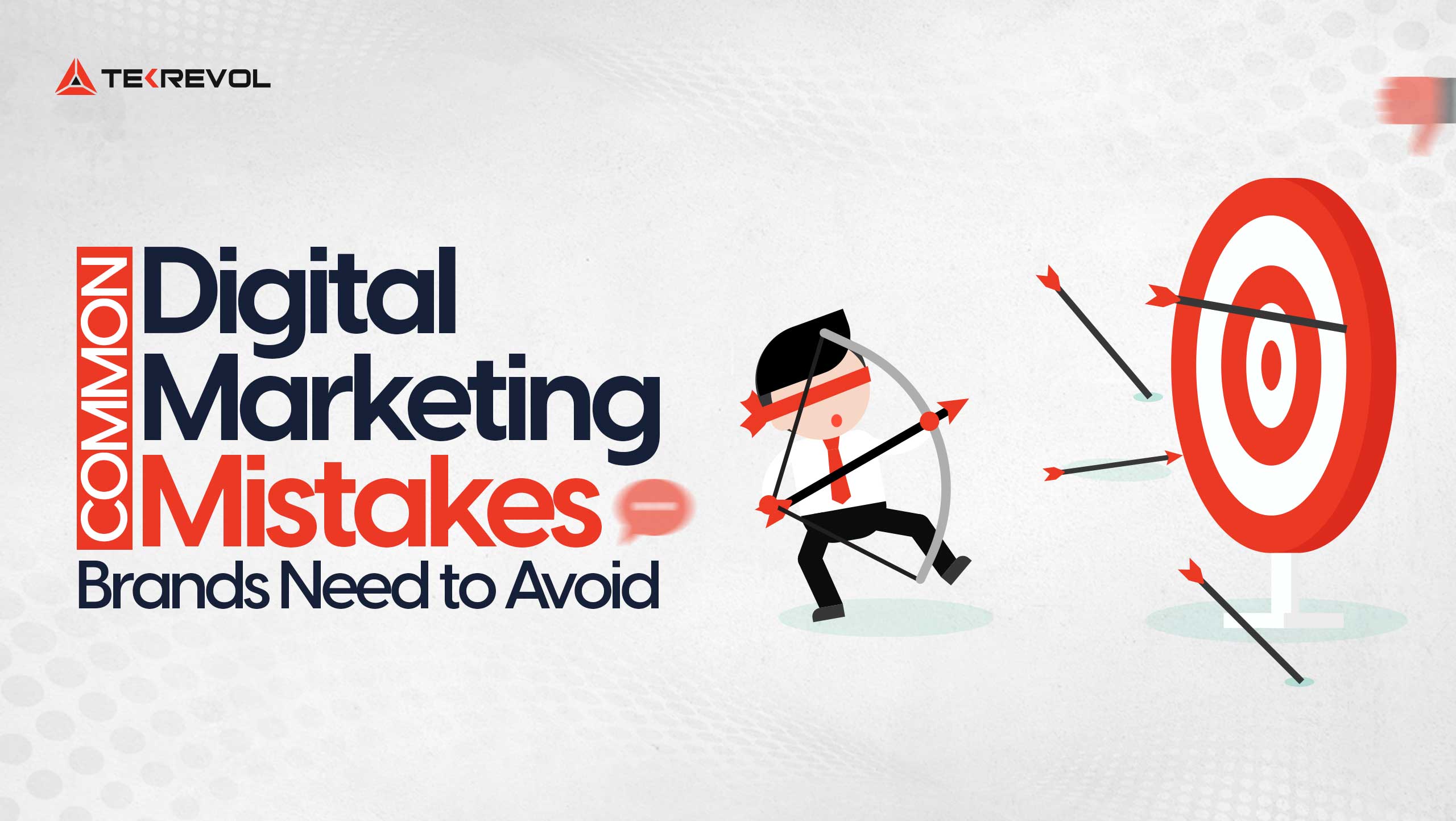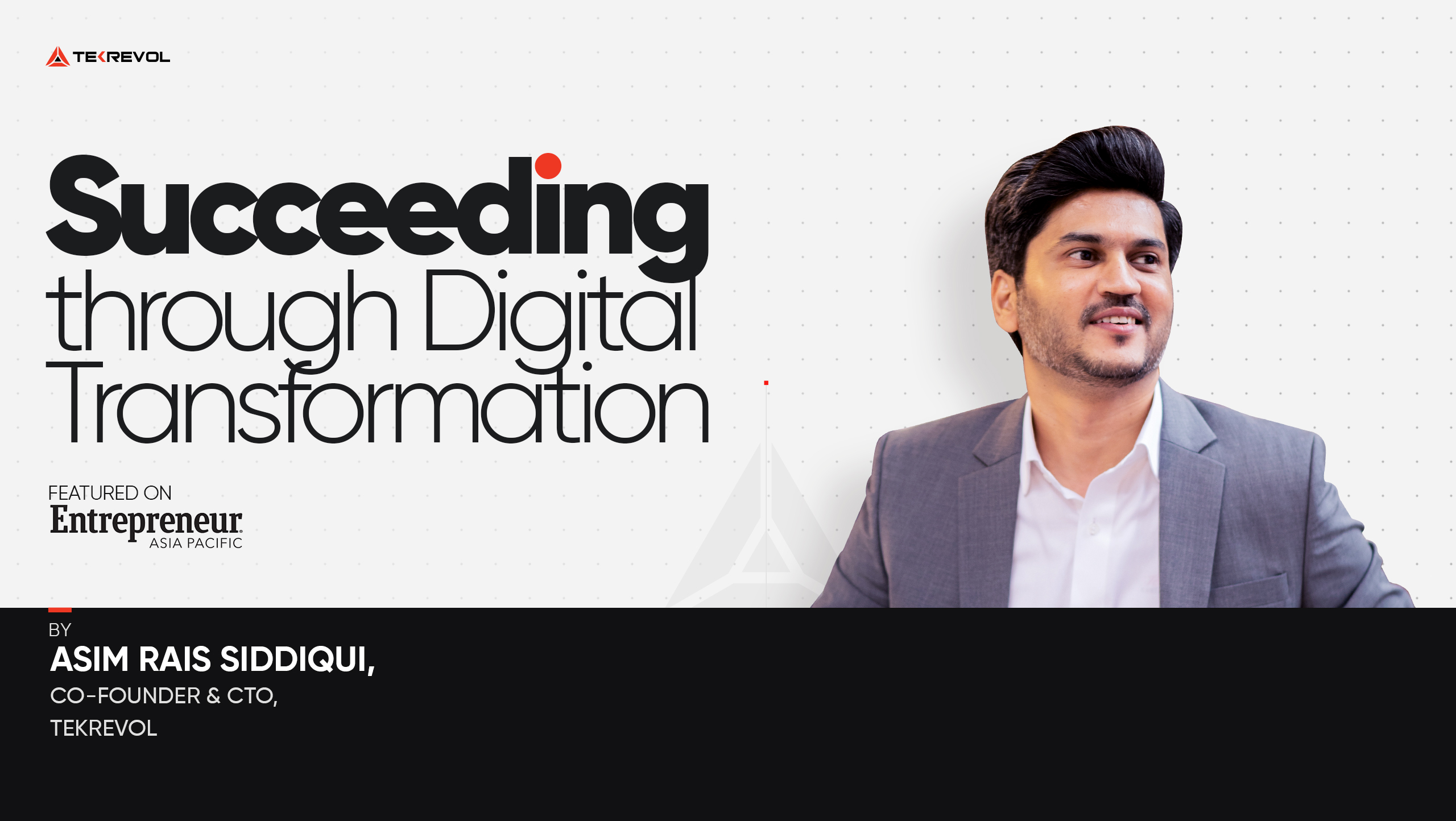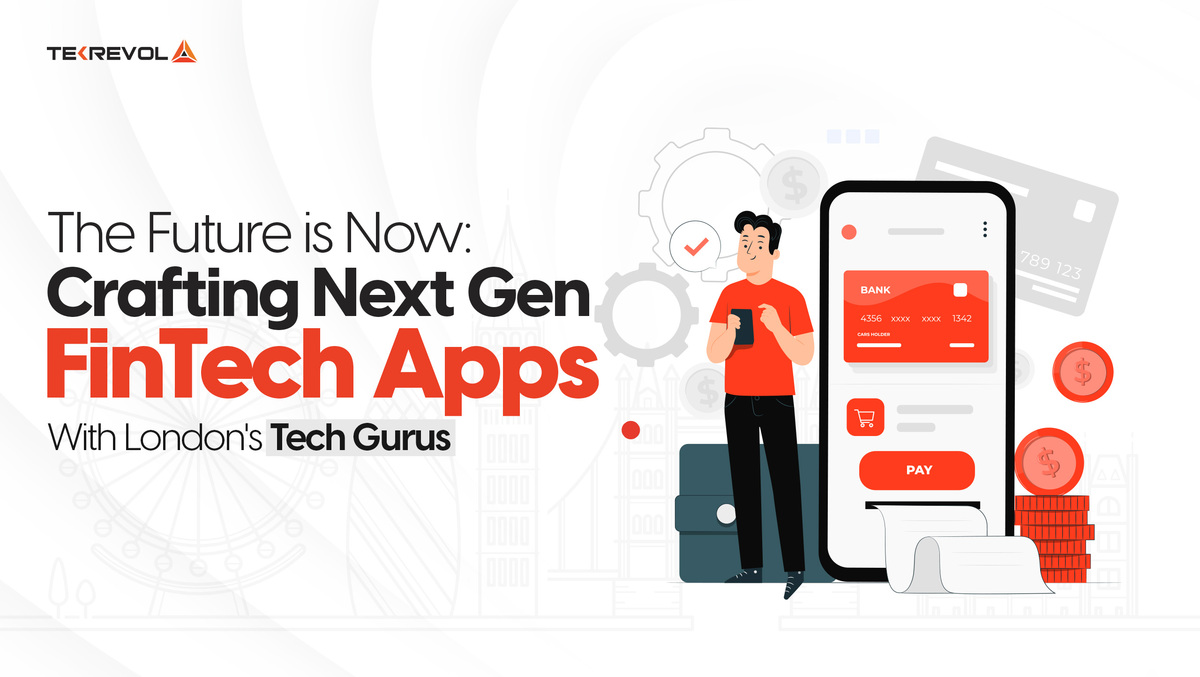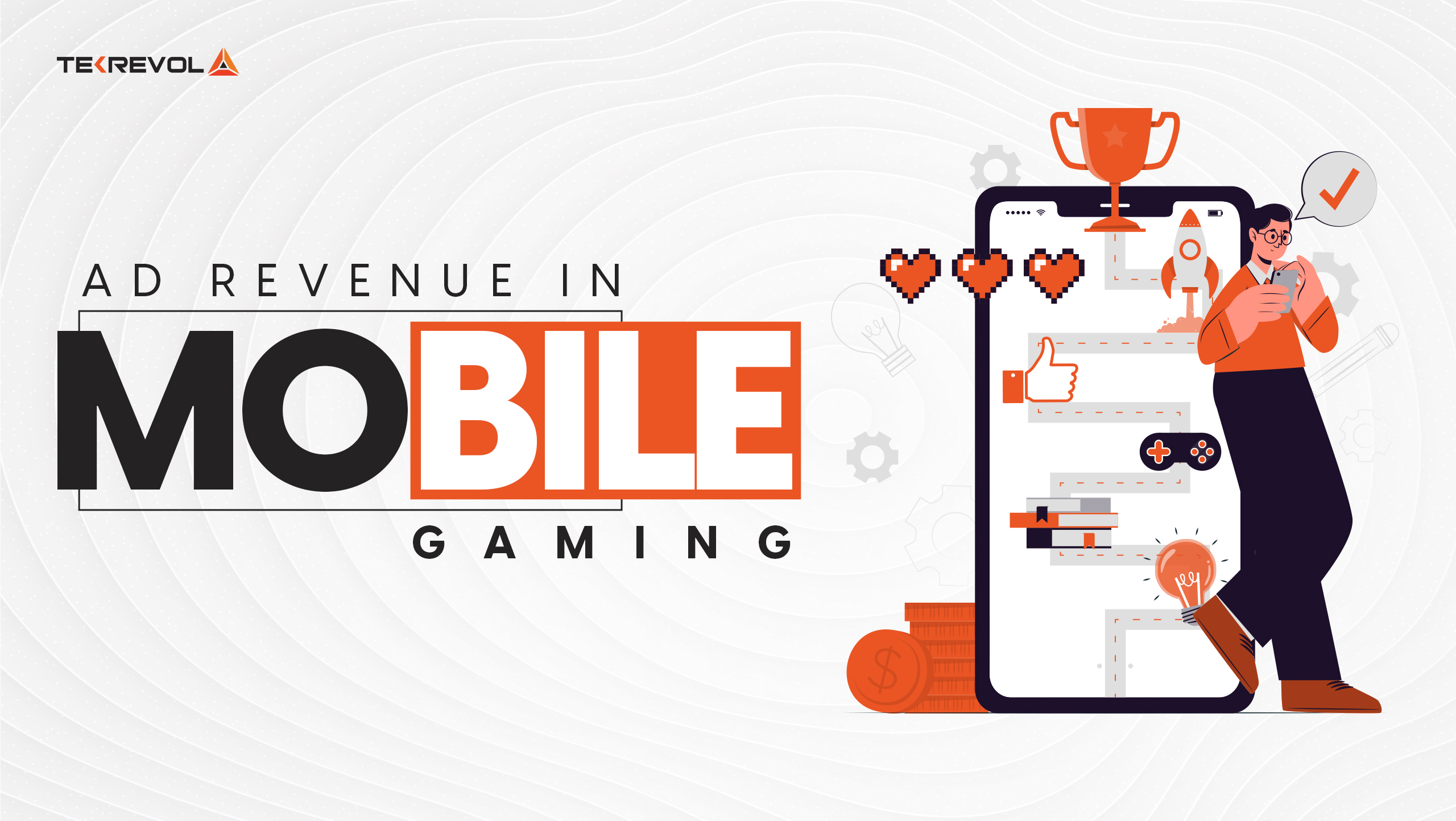Where does all our marketing budget disappear?
This is a question that many CEOs find themselves asking their marketing heads with a hint of confusion and frustration.
Considering that global digital marketing spending is estimated to rise to an astonishing $740.3 billion in 2024, it raises questions about why most companies still fail to realize any meaningful ROI from their marketing investments.
Here is the truth. Many companies unknowingly fall for these common marketing pitfalls. From unclear messaging to poor targeting, these mistakes can suck up resources and diminish the impact, leaving your marketing efforts undermined over time.
From vague targeting to neglecting data privacy, this guide breaks down the most common digital marketing mistakes brands need to avoid—so you can strengthen your strategy and boost ROI.
11 Digital Marketing Mistakes That Undermine Your Campaign
Even the most ambitious brands fall victim to digital marketing mistakes they should’ve seen coming. In 2025, when algorithms are smarter and consumers savvier, slipping up means losing leads fast.
1. Lack of Clear Strategy and Goals
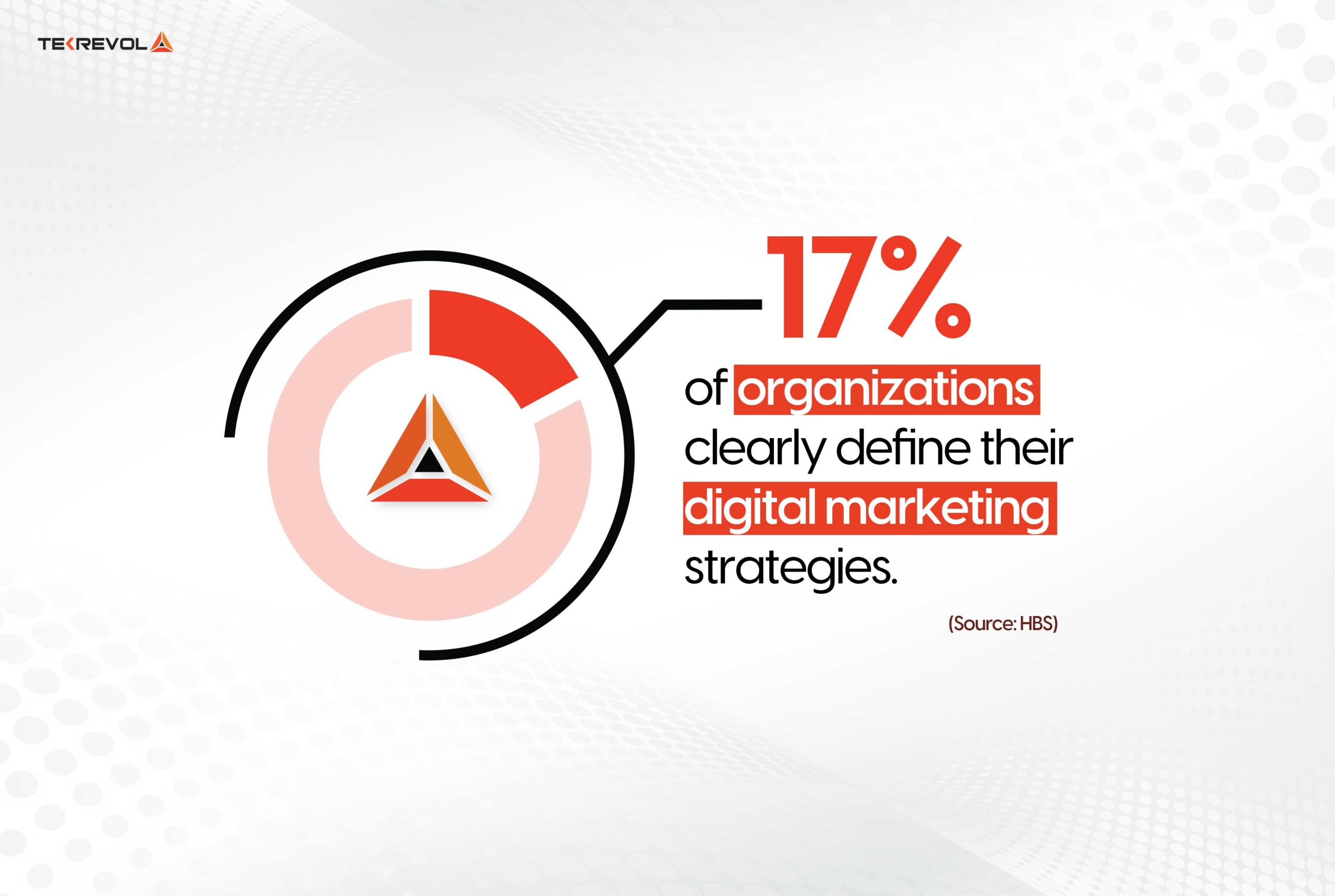
Only 17% of organizations clearly define their digital marketing strategies. (Source: HBS)
For many first-timers and young business owners, diving headfirst into digital marketing without a strategic foundation seems like the quickest path to growth.
But in reality, it’s the most common route to waste.
Without a guiding strategy, digital marketing becomes a series of disconnected efforts: a social media post here, an ad campaign there—none of which contributes to a bigger picture.
When there is no clear direction, nobody can define what is working, and soon, their resources are wasted, marketing dollars are exhausted, and ultimately, poor ROI.
Where does this lead? No clear direction results in resource wastage, muddles brand identity, and yields uneven results without any justification for the investment.
A clear digital marketing strategy works like a compass that also defines the value added through each campaign, post, and ad and helps businesses usher into sustainable growth.
How to Build a Strategy that Works
To avoid this common pitfall, you need a structured, goal-oriented approach. Here’s how to start:
- Define SMART Goals: Establish SMART goals. Don’t just aim to “increase brand awareness.” Instead, aim for “a 20% increase in website traffic from organic search within the next quarter.“
- Make a detailed marketing plan. A marketing plan should be more than a checklist. It should include your target audience, chosen marketing channels, specific strategies, timelines, and key performance indicators (KPIs).
- Analyze and Adapt: Digital marketing is not a static thing. Use Google Analytics to review your performance data regularly. Know what works and what doesn’t. Use those insights and emerging market trends to adjust your strategy.
- Channel Prioritization: Focus your efforts on the channels that yield better outcomes and double down on those channels. Do not overspend in areas that do not work.
A well-documented, dynamic, and agile strategy is a roadmap for all your efforts, but it maximizes your spending for measurable returns and creates a clearer growth path.
2. Ignoring Analytics and Performance Insights
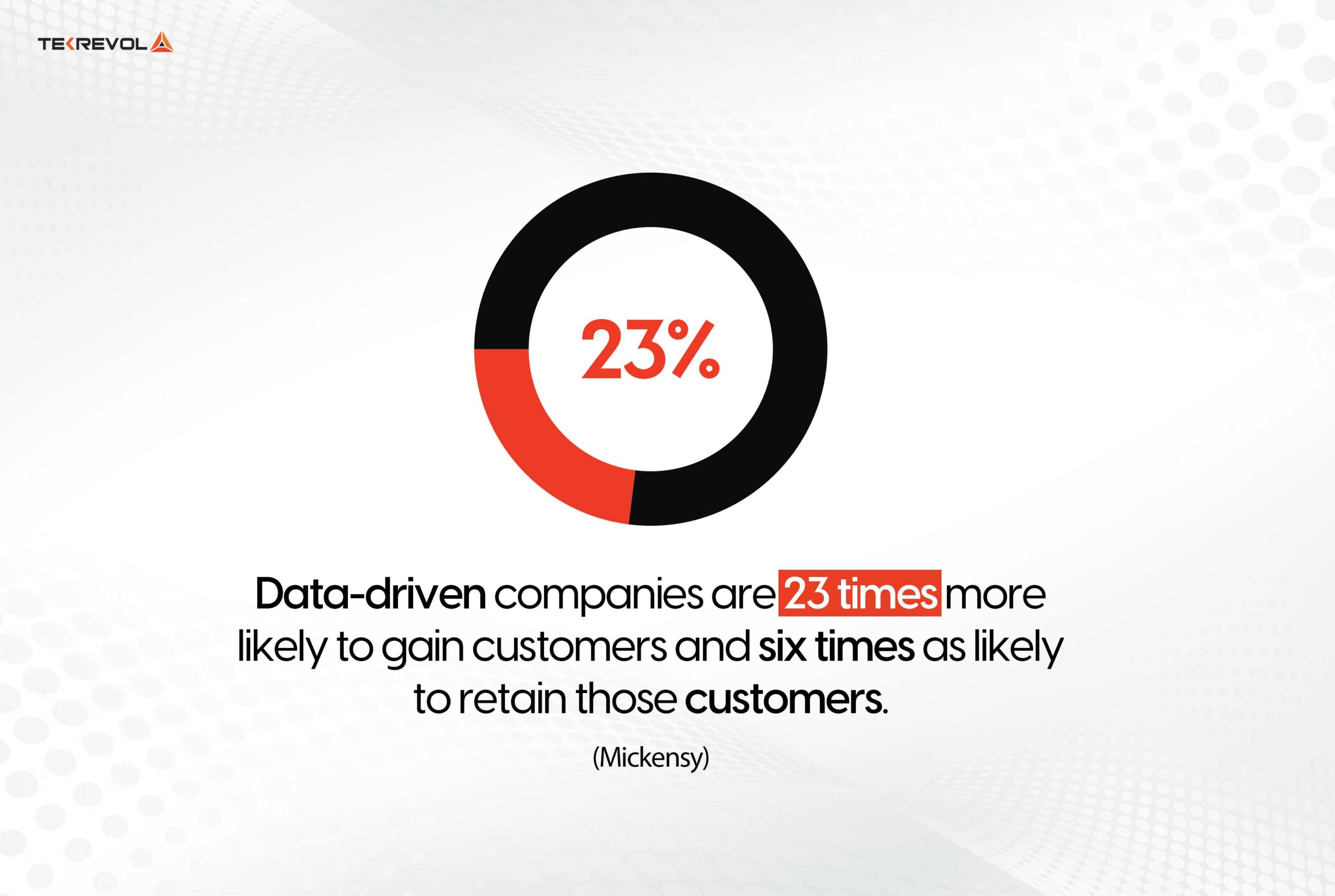
Data-driven companies are 23 times more likely to gain customers and six times as likely to retain those customers (Mickensy)
Many firms spend heavily on digital marketing trends without measuring the outcome. It is driving blindfolded. You could reach your destination, but it is much more probable that you will end up lost.
Overlooking analytics leads to not knowing what will lead to conversion, which pieces of content resonate with whom, and which campaigns are a failure.
It only puts decision-making in darkness and makes marketing more guessing rather than what works. In the absence of any guiding data, it isn’t possible to fine-tune the strategy or make a maximum ROI.
Why Analytics Matters: Analyzing performance insight is more than counting numbers; it’s a quest for patterns, trying to understand customer behaviors, and optimizing marketing in the moment.
Companies that use analytics as a decision-making tool do better than those that don’t. They constantly keep up with the changes favored by their audiences.
How to Utilize Analytics for Better Results
- Implement all-around analytics tools such as Google Analytics, Adobe Analytics, or other niche-specific platforms and ensure that these tools track metrics relevant to your specific goals, whether it is engagement, conversion, or audience retention.
- Set up regular performance reviews to analyze data from all campaigns. Recurring patterns, sudden changes, and key trends that reveal what is resonating with the audience and what isn’t are looked for.
- Map analytics to actionable insights by knowing what each metric is about. For example, if the bounce rate on your landing page is high, it may be an indication that the content is not well aligned or that there is a user experience issue.
- Refine your strategy with real-time feedback. Campaigns can quickly be adapted based on the data that says performance is declining, so you continue to improve the ROI of efforts by constantly optimizing your efforts.
Pro Tip: Create a customized dashboard of KPIs so you can have an overview of data review without too much time being wasted on reviewing data. You can then view your results at a glance and adjust accordingly, making fast changes without seeing the raw data.
- Stop losing leads to digital marketing mistakes.
- Our digital marketing services help you sidestep pitfalls and maximize visibility to help you achieve your marketing goals faster
3. Weak User Experience (UX) Across Platforms
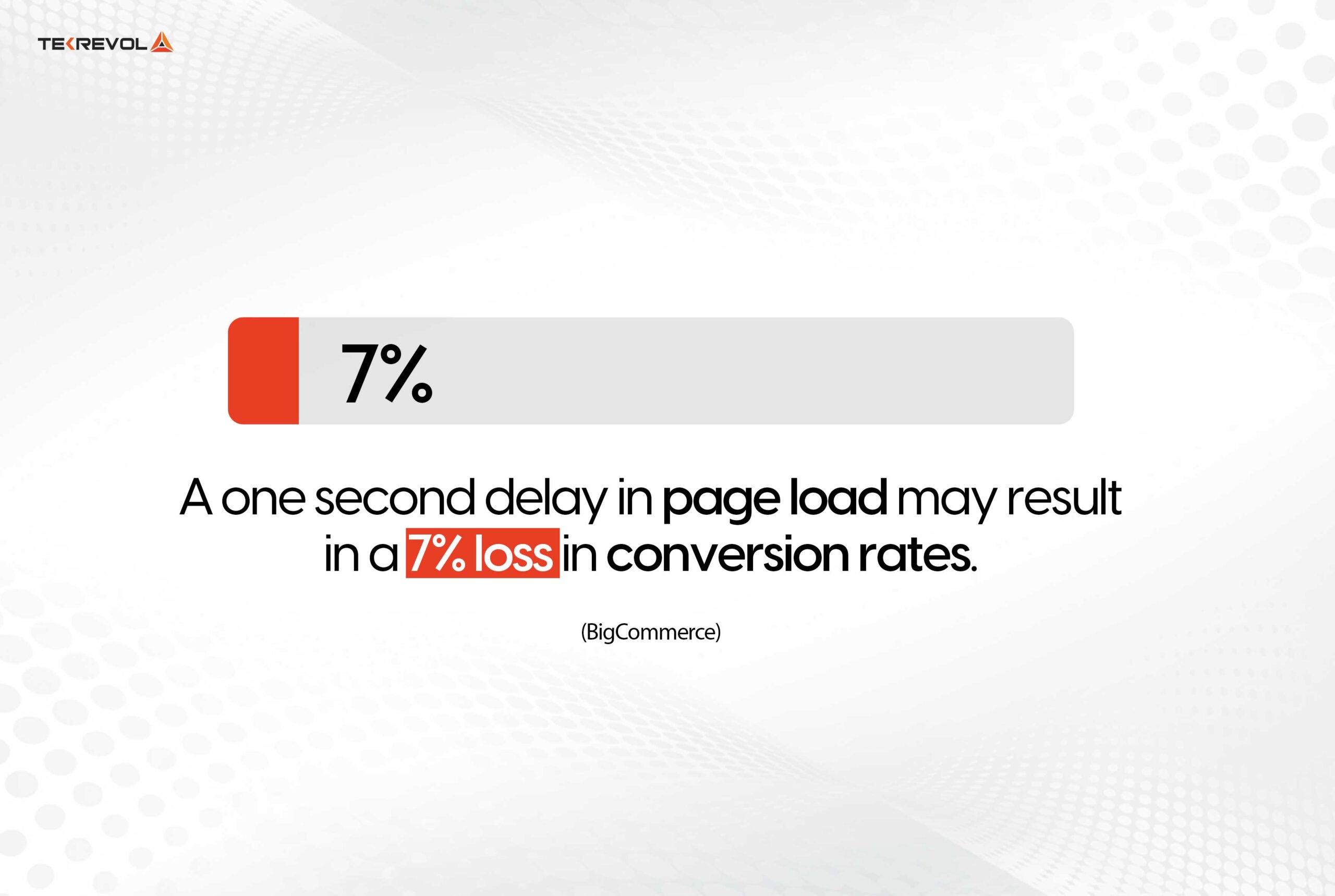
A one second delay in page load may result in a 7% loss in conversion rates. (BigCommerce)
Imagine visiting a website that loads slowly, is poorly navigated, and looks old. Would you stay? Probably not. 53 percent of mobile users leave the site if it takes three seconds or more to load.
With mobile devices driving more than half of all organic search traffic, less-than-average UX on these different platforms is an altogether too common and costly mistake.
When the website loads slowly, the layout is unclear, or pages do not resize, users get frustrated fast and jump ship quickly as well, taking any would-have-been conversion with them.
Bad user experience is not only about aesthetics; it is more about functionality and usability, regardless of the platform. Any frustrating experience results in big bounce rates, lost conversions, and damaged brands, which affect both desktops and, more importantly, your mobile users.
Why Is Good UX Important? More than 50% of all organic search visits occur through mobile devices. A bad user experience-including slow loads, confusing navigation, or the lack of mobile optimization, will frustrate users with higher bounce rates and lost conversions.
How to Create a Seamless User Experience:
- Mobile-first approach: Design for the mobile user. Ensure that your site is responsive and looks nice across different screen sizes. Optimize for mobile. Most journeys start there.
- Speed comes first: The website must be fast. Optimize images, minimize HTTP requests, and cache browsers to increase load time. Slow pages frustrate visitors and lead to lots of bounces.
- Intuitive Navigation: Let users easily find what they need. Provide clear and concise menus, logical page structures, and very prominent calls to action. Do not let your designs become cluttered and confusing.
- Usability Testing: You should test usability at all stages of development to understand what points in the user journey cause pain. Observe how users are interacting with your website and what are the areas that can be improved. Use tools such as Hotjar or UserTesting.
Pro Tip: Use heatmap tools like Hotjar or Crazy Egg to track where users click and scroll the most. This helps you see if key elements are easily accessible or if there’s friction in the user journey.
Investing in top web design companies for seamless user experience (UX) guarantees casual visitors will turn into engaged customers, and every point of user interaction adds value.
4. Inadequate Audience Targeting and Segmentation

72% of consumers engage only with personalized messaging. (Verizon)
Many companies make the mistake of treating the entire audience as a monolithic whole, blasting out general messages in hopes that something will resonate.
When your messaging is generic and vague, it will only lead to disengagement. Customers quickly stop paying attention to irrelevant communications, which means wasted spending and lost opportunities for that valuable connection.
Over time, these methods will end up costing you both engagement and brand. It makes them feel a brand doesn’t “get” them.
Why It Matters: An audience segmentation strategy will increase engagement and conversion. Unless targeted properly, all marketing efforts are a waste of resources and yield poor returns on investment.
How to Target Your Audience Effectively:
- Data-Driven Segmentation: Splits your audience into meaningful segments based on data. Some are demographic, like age, location, gender, behavior, and preferences. The more data you have, the more precise your segments can be.
- Personalized Content: Develop a unique message for each segment. Use customized content, offers, and calls to action that will align with the specific needs and interests of that audience. This will give you higher engagement and conversion rates.
- Targeted Advertising: Use your audience segments to target advertising more effectively. This way, your right ads reach the right people with the right message. This will maximize ad spending and boost ROI.
- Regularly Review and Refine: Your audience is evolving. Regularly review your segments and update them as needed. Use fresh data to refine your targeting and keep your messages current. This keeps your marketing fresh and effective.
- Use Multiple Channels: Instead of focusing on one particular channel that would hit their target audience segment, use multiple channels. Make use of the multi-channel way much more to be where the target group is highly active. More chances for engagement and a conversion in return.
Pro Tip: Create very detailed buyer personas for each of your key audience segments. Such personas would then be an ideal representation of your ideal customers in terms of age, practices, needs, and motivations. This will help you create more targeted and successful marketing campaigns.
- Ready to tackle digital marketing pitfalls?
- Partner with experts who know digital marketing pitfalls and how to fix them for lasting results.
5. Inconsistent or Unclear Brand Messaging
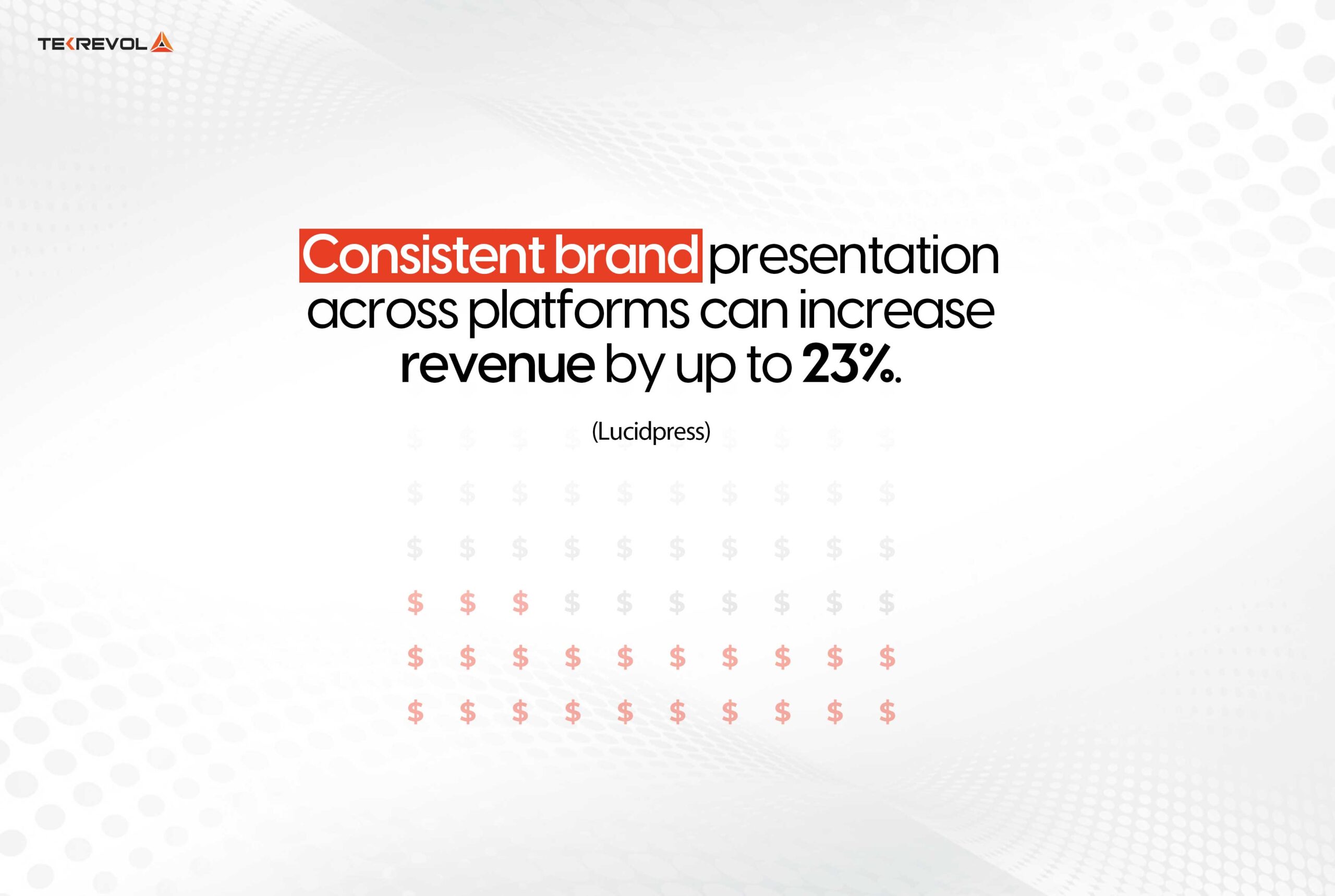
Consistent brand presentation across platforms can increase revenue by up to 23%. (Lucidpress)
Brand messaging isn’t just about logos and taglines; it’s how a company communicates its values, tone, and purpose across every customer interaction. When brand messaging varies from platform to platform, it creates a disconnect that confuses customers.
Consider a customer who follows your brand on multiple platforms. If they see a polished, high-end image on social media but receive a mismatched, overly casual email, they’re left questioning your brand’s identity and reliability.
Inconsistencies like these dilute your brand, making it harder for customers to connect emotionally.
Why It Matters: Cohesive brand messaging fosters trust, builds recognition, and strengthens customer loyalty. In fact, 60% of millennials expect consistent experiences when interacting with brands, whether online, in-store, or by phone.
How to Maintain Consistent Brand Messaging:
- Develop Clear Brand Guidelines: Create comprehensive guidelines that cover tone, voice, visuals, and messaging style. Define how your brand should sound and look across all channels.
- Align All Marketing Materials: Ensure every piece of content—from social posts to email campaigns—reflects your brand’s identity. Consistency builds recognition and trust.
- Feedback and Iteration: Request your audience to know how they think your brand is. Based on the feedback, make some changes and perfect your message to speak to the hearts of your target.
Pro Tip: Have a comprehensive style guide to maintain a consistent writing style, grammar, and tone so that you can be sure your brand’s voice speaks to them in the same way everywhere.
6. Ignoring SEO Best Practices
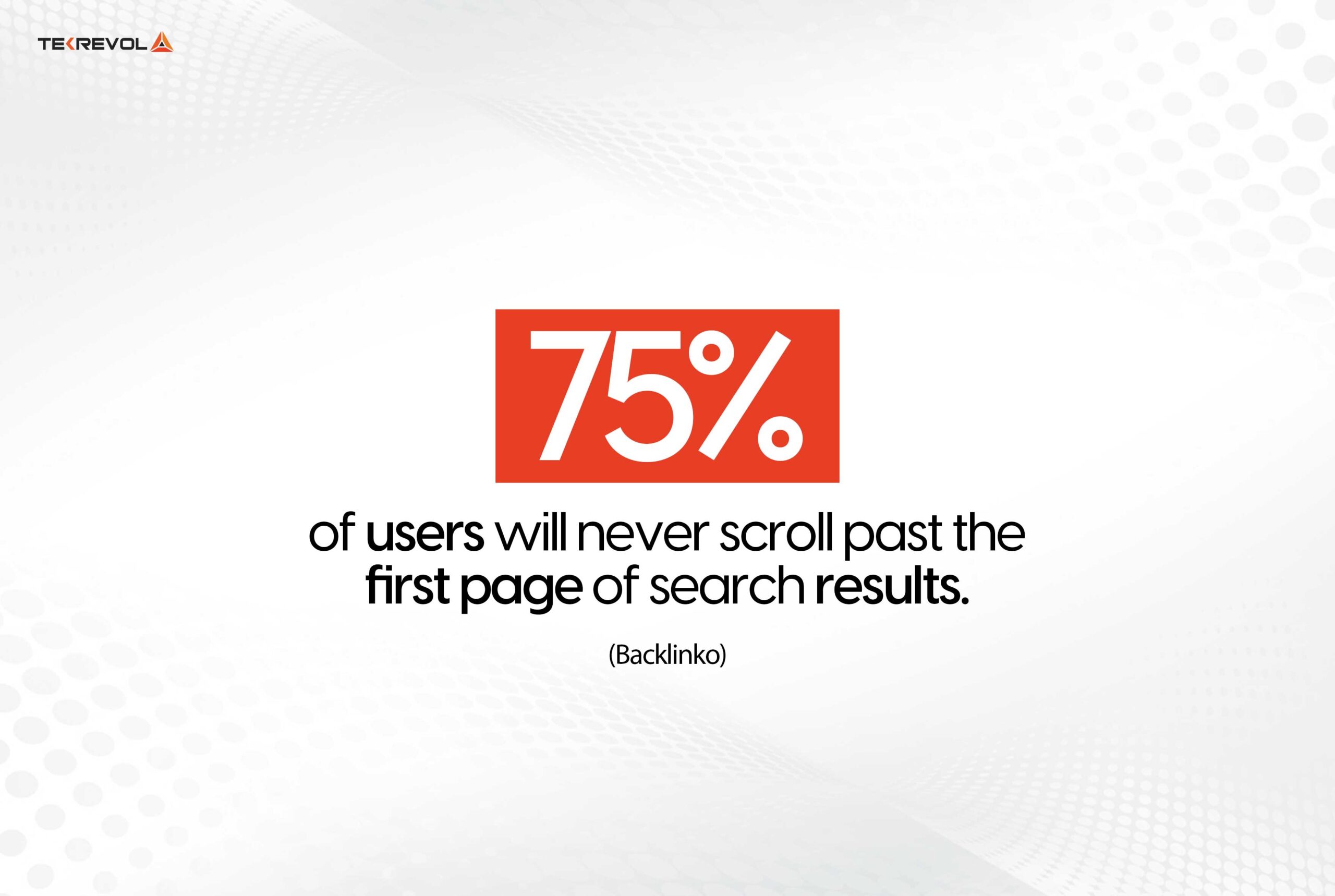
75% of users will never scroll past the first page of search results. (Backlinko)
If you aim to grow your website organically, nothing will be as effective as SEO. While marketers focus so much on paid ads and social media, SEO remains one of the best sustainable long-term strategies. 70% of marketers deem SEO more effective for generating consistent traffic than PPC.
If you are ignoring SEO, you are most likely to leave money on the table. Even the best design and content without SEO will easily be lost in a sea of no eyes; that means no one will ever be able to reach your website. Apart from visibility, SEO establishes credibility. A higher rank in search engines usually gives the impression that a brand is authoritative.
Why It’s Critical: Search engines are often the first stop for users seeking solutions. Without a solid SEO foundation, your content struggles to compete, limiting brand reach and diminishing potential leads.
How to Optimize for SEO Success:
- Conduct Thorough Keyword Research: Identify the terms and phrases your target audience searches for most. This helps you create content that addresses actual user needs and queries.
- Focus on Semantic SEO: Create content around intent and context, not just keywords. Semantic SEO helps search engines understand the purpose of your content, improving relevancy and ranking potential.
- Optimize On-Page Elements: Use clear meta titles, descriptions, headers, and internal linking. Each on-page element should support your keywords and enhance the overall user experience.
- Produce High-Quality, Value-Driven Content: Write with a focus on value, not just rankings. Content that truly helps users perform better in search engines and builds trust with readers.
Pro Tip: Update older, high-performing content to keep it relevant. Search engines favor fresh, accurate information, so maintaining content can give it a second life in search rankings.
- Ready to avoid common digital marketing mistakes?
- Join forces with industry leaders in digital marketing services to fix your strategy and drive growth.
7. Neglecting Content Creation and Distribution
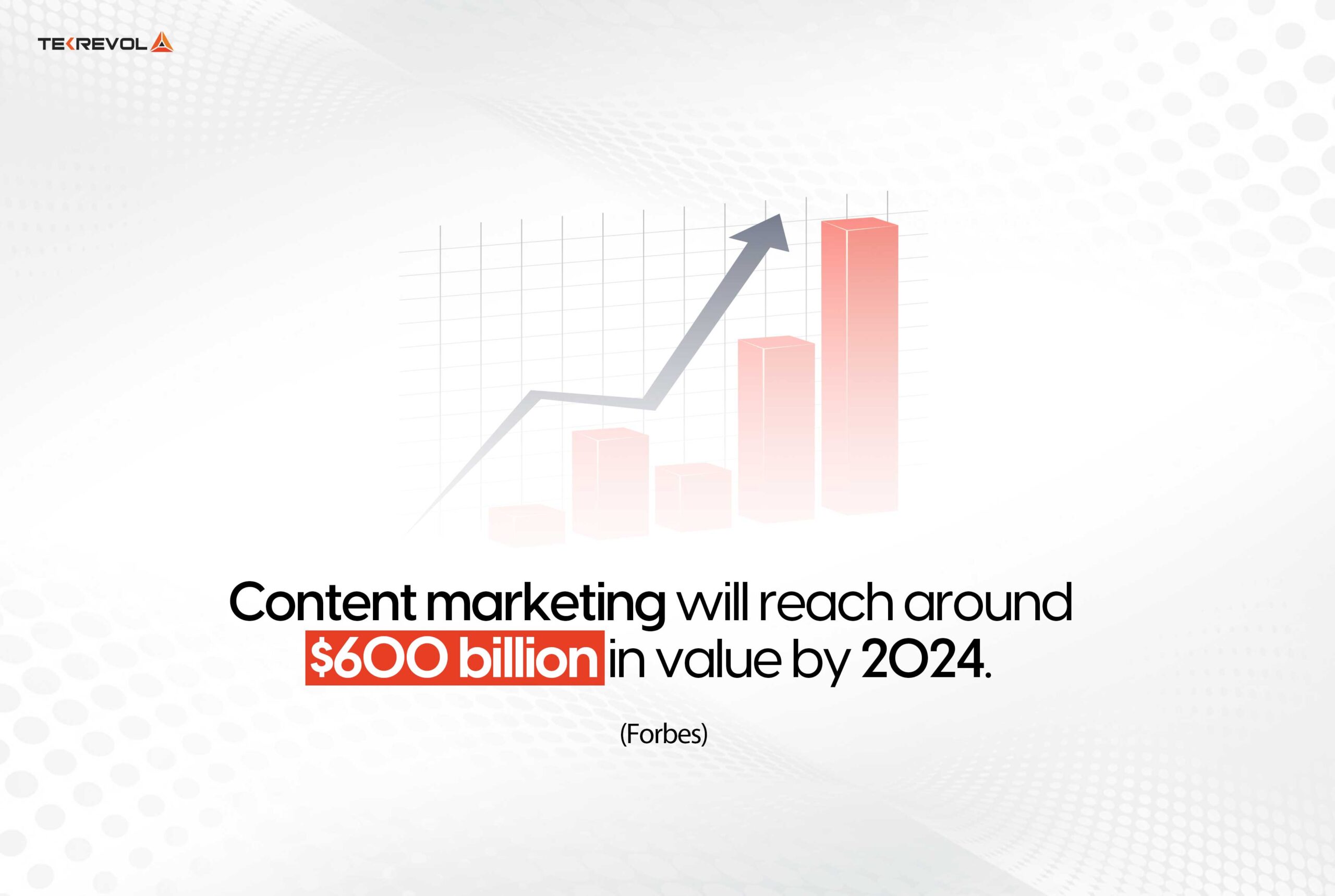
The largest part of what a digital marketer focuses on is creating content, often overlooking the aspect of its distribution. Even the most insightful content risks going unseen without a strategic distribution plan.
Content creation is vital, but it is just half the process. No matter how good the content is- informative, engaging, entertaining, and so on there will not be any eyeballs for your content without an effective dissemination strategy. You can’t just publish a blog and expect it to gain traction on its own.
Other than if you are an industrial giant with a devoted followership that checks your blog right before breakfast (just kidding!). If not, then your content still needs to be pushed without proper distribution so it reaches the right people.
Many content teams pour their hearts and souls into creating high-quality content, only to see their genuine efforts go down the drain due to a lack of emphasis on content distribution. This wasted potential is a common and costly mistake.
Content Creation & Distribution Table
| Content Creation | Content Distribution |
|---|---|
| Blog Posts | Social Media, Email Marketing, Forums |
| Videos | Social Media, Email Marketing, YouTube |
| Infographics | Paid Ads, Pinterest, Social Media |
| Podcasts | Influencer Collaborations, Social Media |
Pro Tip: Track your content’s performance across each channel. Analyzing what works where allows you to refine future distribution strategies, boosting your return on investment and engagement over time.
8. Unrealistic Expectations with Paid Ads
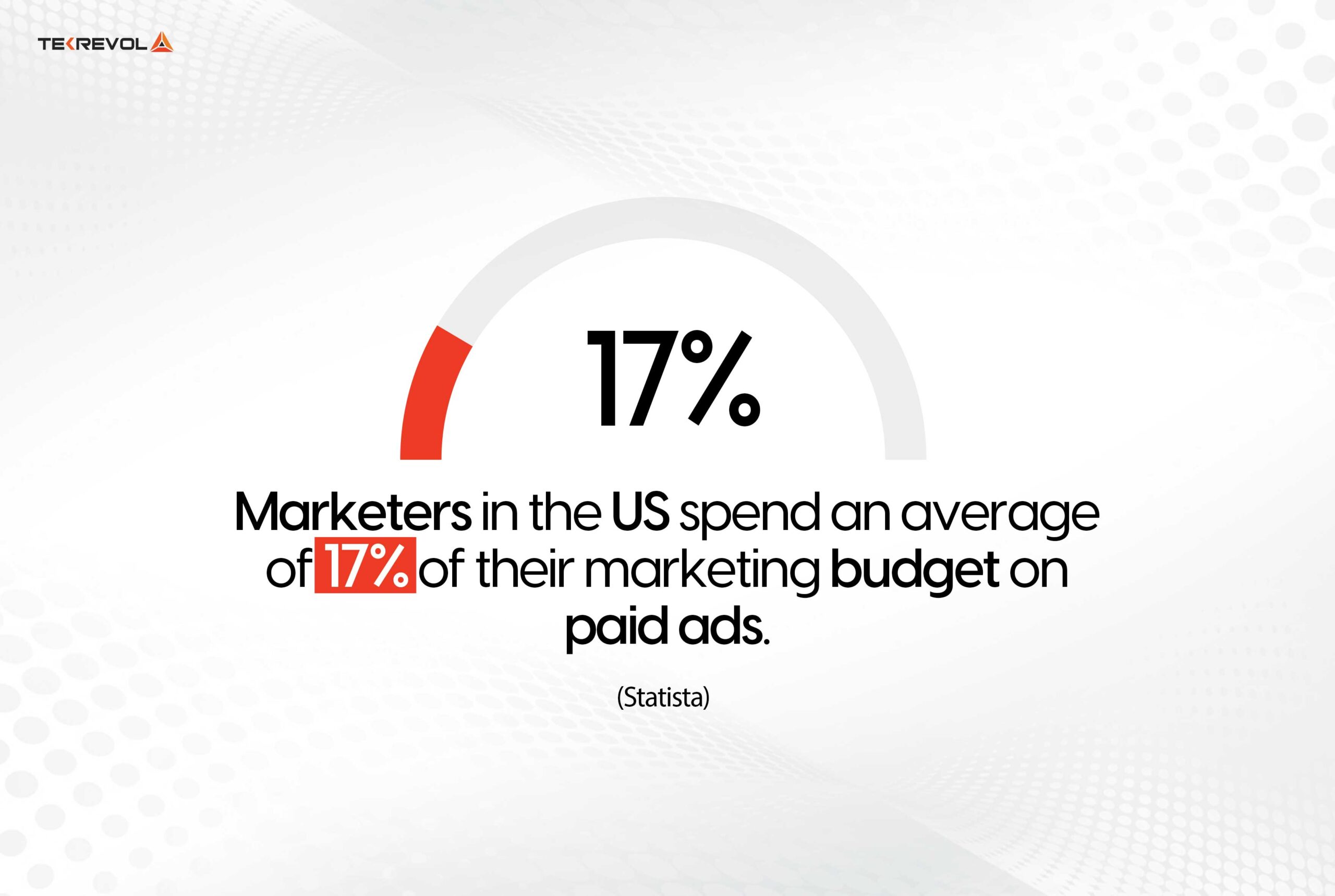
Marketers in the US spend an average of 17% of their marketing budget on paid ads. (Statista)
Paid advertising often appears as a magic bullet for instant success. But the reality is far from that. Many brands end up spending huge marketing budgets on paid ads, expecting quick, guaranteed returns, only to see lackluster results.
Paid ads are indeed a lucrative strategy with very instant ROI. But remember, it requires precision and active management—they’re not a set-it-and-forget-it solution.
Why a Strategic Approach Matters: In 2024, advertisers are projected to waste over $71 billion on traffic generated by invalid activity, including bots and automated scripts – a 33% increase from 2022.
This staggering figure signifies that without a data-driven approach, you risk ending up on the wrong side of this statistic, contributing to the billions wasted each year.
How to optimize your paid Ad campaigns:
- Audience Segmentation: Research and segment your target audience before you launch any campaign. Create buyer personas in detail to understand the demographics, behavior, interests, and needs of the people. This allows you to add more precision to your messaging and, hence, maximize the efficiency of your ad spending.
- A/B Testing: Never assume anything. Test different ad creatives, targeting options, and bidding strategies. It is data-driven, and that is what helps you find out what resonates with your audience best, thereby making your campaign perform better.
- Continuous monitoring: Monitor key metrics, including but not limited to clicks, impressions, conversions, and cost per acquisition (CPA). These will be used to guide targeting, bidding, and ad creatives. Always stop underperforming campaigns to allow for better budget resource utilization.
Pro Tip: Start small and scale up. Begin with a modest budget to identify winning ad elements. Once you have data on what works, allocate more resources to optimize ROI.
- Ready to conquer marketing challenges?
- Partner with a leading digital marketing company. We help you achieve your marketing goals.
9. Ignoring Social Media Engagement
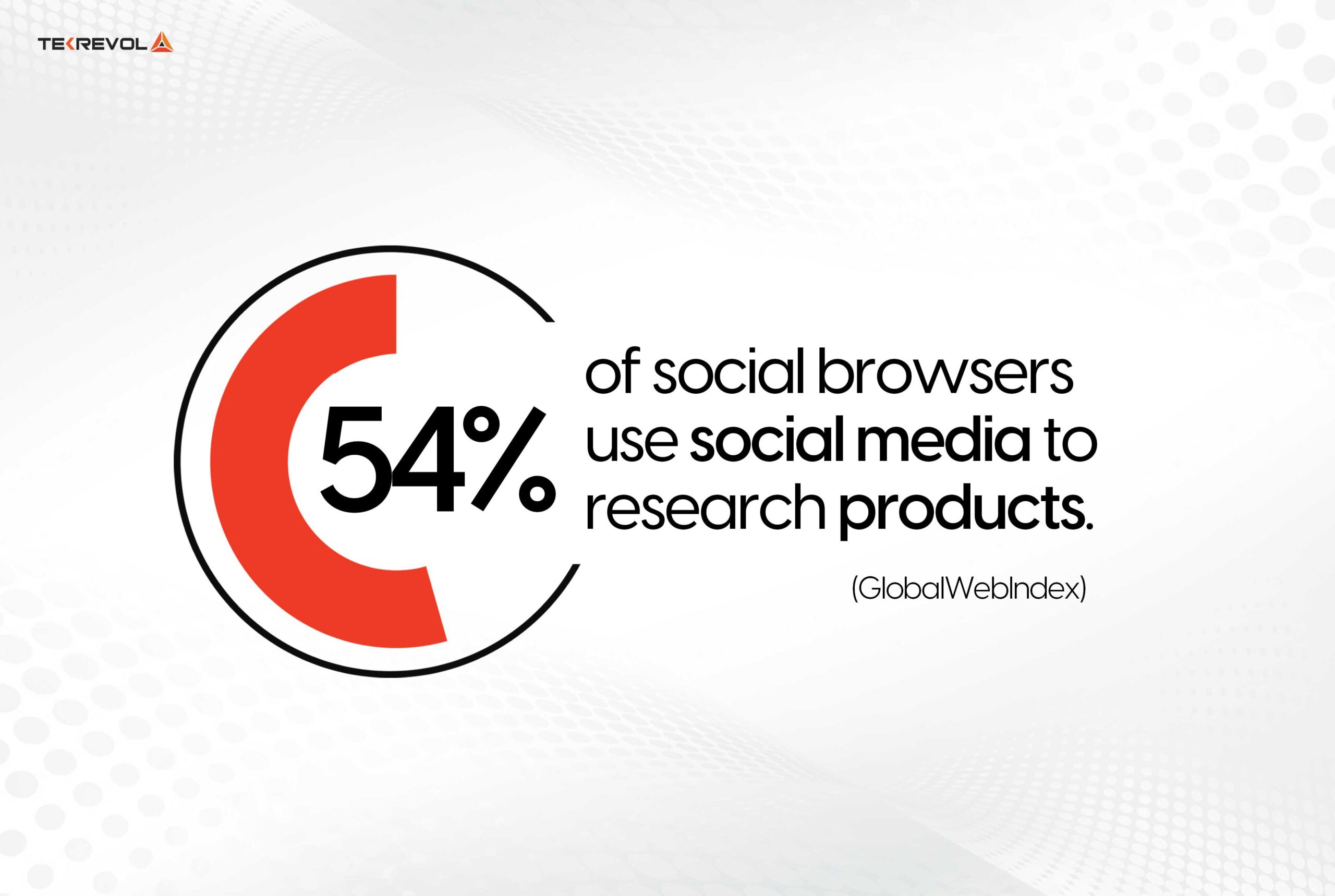
54% of social browsers use social media to research products. (GlobalWebIndex)
The number one rule in digital marketing is to advertise where the audience is. With billions of users around the world, social media marketing has become the most tremendous platform for businesses to connect with potential customers.
However, many brands make a grave mistake by posting their content without engaging, leaving only one-sided presences that do not build relationships and loyalty.
When the brand does not engage with its followers, it misses opportunities to strengthen brand loyalty, humanize its image, and gain valuable insights into customer preferences.
Why It Matters: With more than 5.2 billion global users, social media is an enormous marketplace in which businesses can connect with customers and drive engagement.
For B2C, B2B, or D2C businesses, social media provides the most direct access to a large audience that is interested in products, services, and brand connections.
How to Foster Genuine Social Media Engagement:
- Actively respond to comments and messages: Engaging in real-time with your audience will create trust, and it shows customers that you appreciate their input. Sometimes, the simplest response goes a long way in creating strong relationships with customers.
- Share User-Generated Content (UGC): Share content from your followers. This not only helps create a community but also offers social proof that motivates more followers to interact with your brand.
- Stay Relevant by Keeping Up with Trends: Monitor social media trends and be a part of relevant conversations. Timely topics can increase visibility and make your brand more relatable.
Pro Tip: Keep your brand active with a consistent posting schedule. Posting at optimal times, based on platform analytics, can boost reach and engagement rates.
10. Overlooking Automation Tools
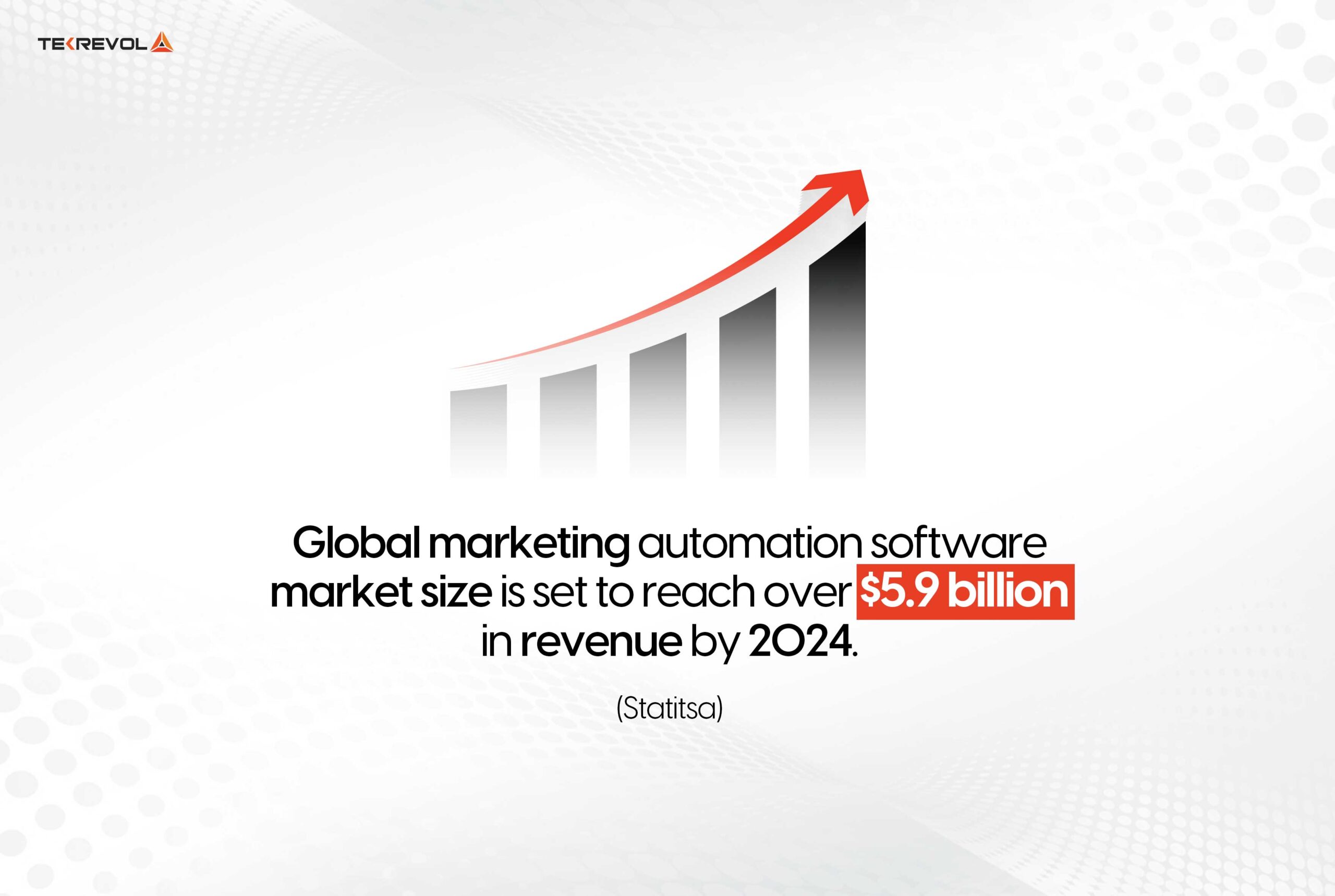
Thanks to AI, everyone is talking about automation. 61% of marketers believe that AI and machine learning are the key to marketing automation.
Marketing automation is no longer a nice-to-have but rather a must-have for businesses in the age of AI. Automating recurring tasks will help marketers focus on higher-value activities and, subsequently, revenue and growth generation.
AI-powered Automation tools can streamline email campaigns, social media management, customer segmentation, and even paid advertising. This means that businesses can create better customer experiences while reducing costs and improving ROI.
Here are a few ways you can optimize the use of automation tools:
- Analyze your marketing processes for routine tasks that you can automate.
- Invest in training programs to develop AI and automation literacy for your team.
- Start small-scale automation projects to generate value and scale.
- Review and update automation tools regularly to update marketing goals.
Key Marketing Areas and Trending Automation Tools:
| Marketing Area | Trending Automation Tools |
|---|---|
| Email Marketing | Mailchimp, HubSpot, Clay |
| Social Media Management | Hootsuite, Buffer, Sprout Social |
| Customer Relationship Management (CRM) | Salesforce, Zoho CRM, Pipedrive |
| Analytics and Reporting | Google Analytics, Tableau, Looker |
In 2025, not integrating AI-powered automation like predictive email sequencing, chatbots with GPT-4.5+ integrations, or smart retargeting can drastically lower campaign efficiency. Brands that fail to adapt miss out on personalization at scale.
- Are you wasting money on ineffective marketing?
- It's time to stop making digital marketing mistakes. TekRevol delivers sustainable growth.
11. Neglecting to Build an Email List
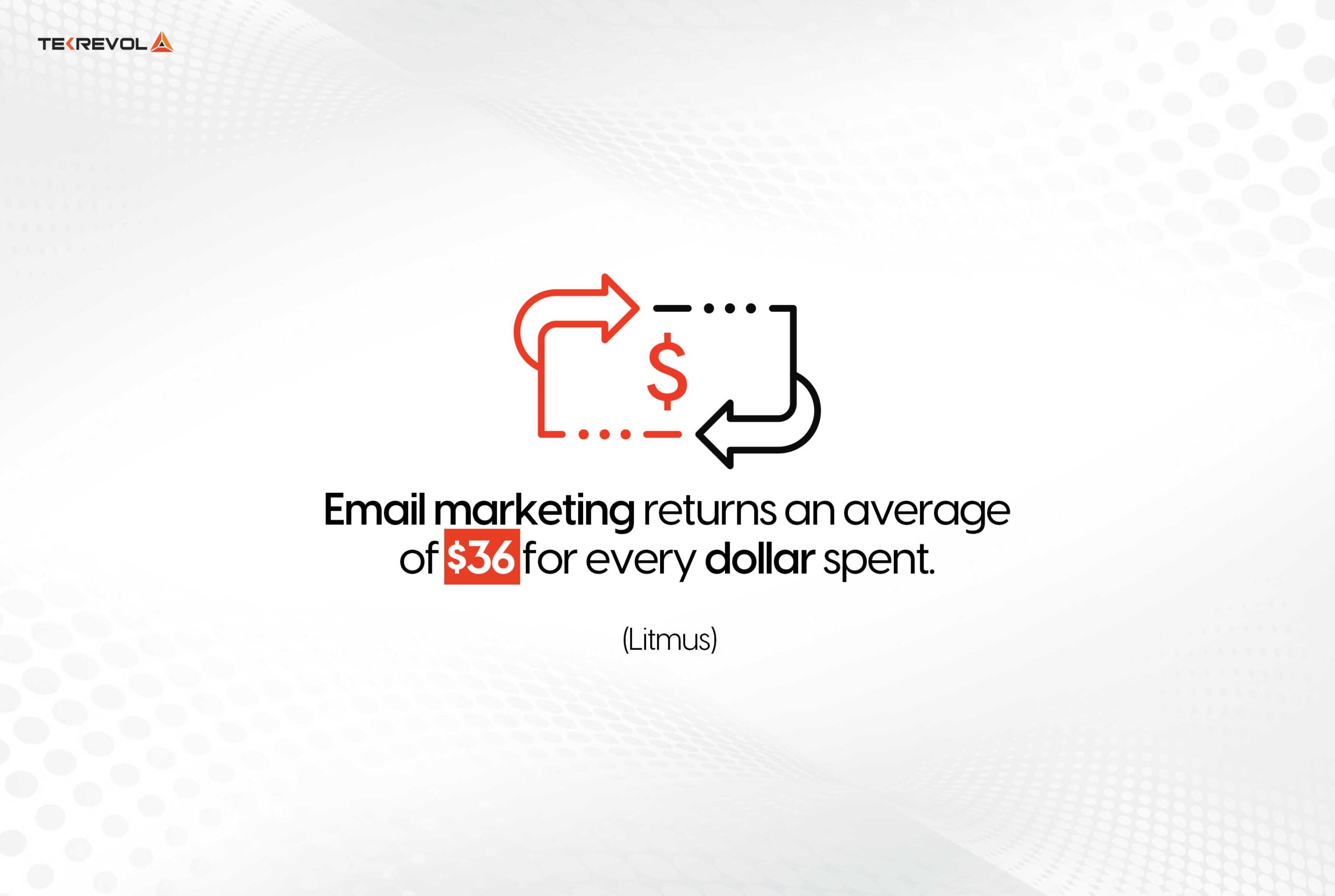
Email marketing returns an average of $36 for every dollar spent. (Litmus)
Another very common digital marketing mistake to avoid is ignoring email lists.
Many marketers neglect the importance of the email marketing platform or consider it too old school. Email marketing, however, stands out as one of the top ROI tools to nurture leads and drive conversions.
It will give you access directly to your audience, which brings about lasting relationships instead of fleeting social media interaction.
If the email list isn’t properly set up, there is another important channel in the form of personalized outreach, announcements, and repeat business being missed by the brand.
Why It Matters: Email marketing is not about sending messages; it is about delivering relevant, value-driven content directly to your audience’s inbox. Without a robust email list, your brand misses out on an owned channel with high ROI, leaving valuable engagement and conversion opportunities untapped.
How to Build and Maintain an Effective Email List:
- Offer compelling incentives—like discounts, exclusive content, or resources—to encourage visitors to subscribe. A strong offer drives more sign-ups.
- Segment your list so you can send targeted, relevant content to different groups that are based only on someone’s interests or backgrounds.
- Clean and regularly update your list to stay deliverable in case subscribers don’t care anymore.
Pro Tip: Utilize drip campaigns to encourage your lead through a gradual process with multiple stages to keep pushing that lead toward conversion. Lead nurturing builds trust and keeps your brand top-of-mind.
What a Future-Proof Digital Marketing Strategy Looks Like in 2025
To avoid the most common digital marketing mistakes, brands need to future-proof their approach, especially as consumer behaviors evolve and privacy laws tighten.
A winning 2025 strategy includes:
- Personalization powered by AI, not guesswork.
- Voice and visual search optimization as new entry points.
- Cross-platform data tracking (privacy-compliant) to unify customer insights.
- First-party data collection strategies to prepare for cookie depreciation.
The takeaway? Brands that integrate these future-ready elements won’t just avoid mistakes—they’ll gain a serious competitive edge.
Questions to Ask Before Launching Any Digital Campaign
Sometimes, the best way to prevent marketing mishaps is by asking smarter questions upfront.
Ask yourself:
- Who exactly are we targeting—and why?
- Are we prioritizing customer value or short-term clicks?
- Is this aligned with our long-term brand voice and positioning?
- What’s our backup plan if this campaign underperforms?
By turning these questions into a pre-launch checklist, your brand can build smarter campaigns and avoid common digital marketing errors before they happen.
How TekRevol Can Help You Achieve Your Digital Marketing Goals
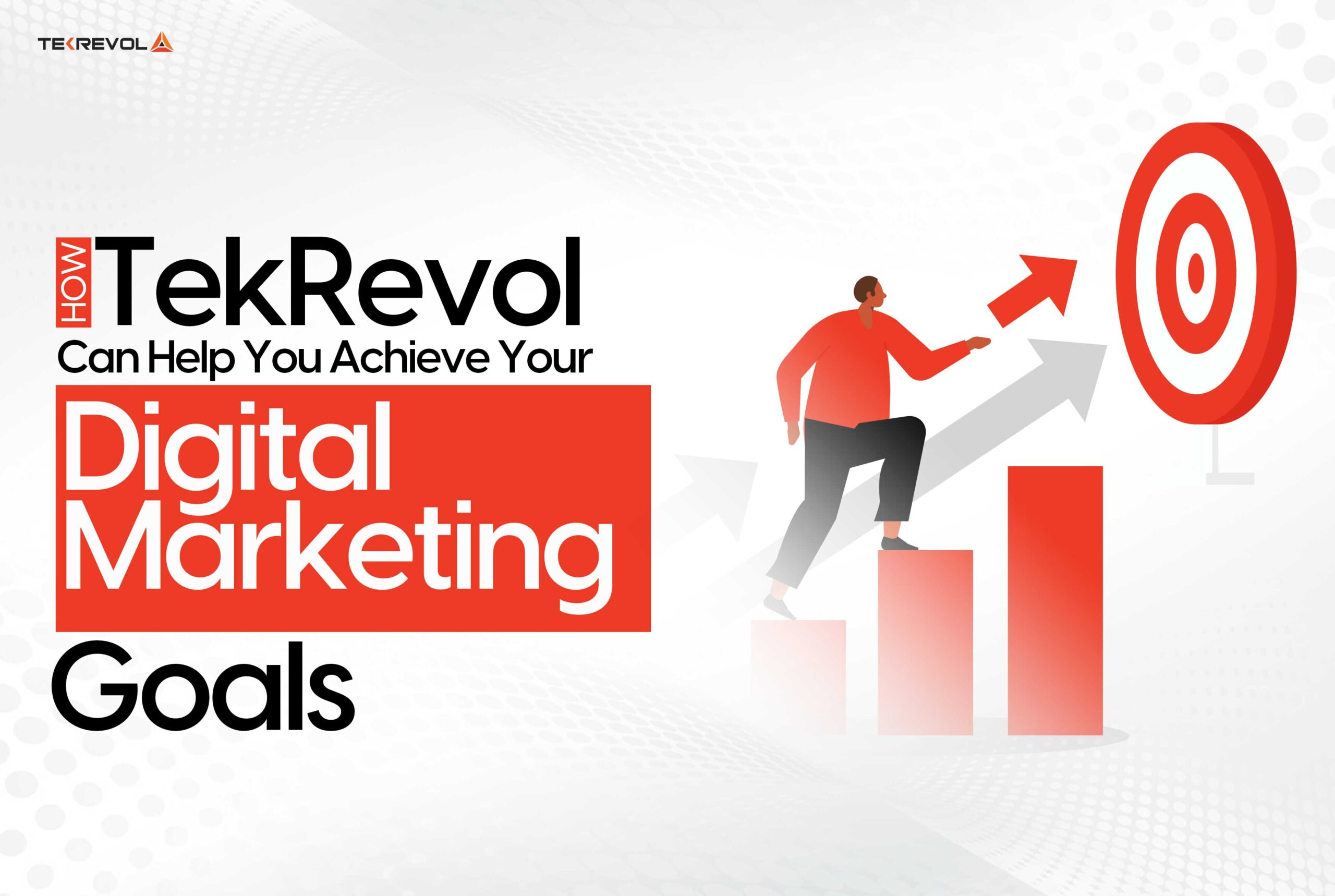
Is your current digital marketing strategy doing its best for you? If you have experienced one of the digital marketing mistakes that this blog has explained, perhaps it’s time to reassess.
Most organizations are underpinned by marketing pitfalls-ranging from incoherent messaging and missed automation opportunities. Is your brand gaining sustainable growth?
TekRevol focuses on providing digital marketing solutions that ensure brands do not fall into common marketing pitfalls. Having over 6+ years of experience, we have helped clients in the USA, the UK, and the Middle East achieve a new status for their digital presence through data-driven measurable results.
With a team of 50+ growth marketers, our mission is to help take brands up a notch with the use of data-driven approaches and leading industry insights.
The full suite of digital marketing services covers all critical areas, such as SEO, social media marketing, email campaigns, and conversion optimization, all combined together to include advanced analytics and a personal touch for every campaign launched.
Contact us today for a free consultation and help us turn your digital strategy into a powerful growth engine.

